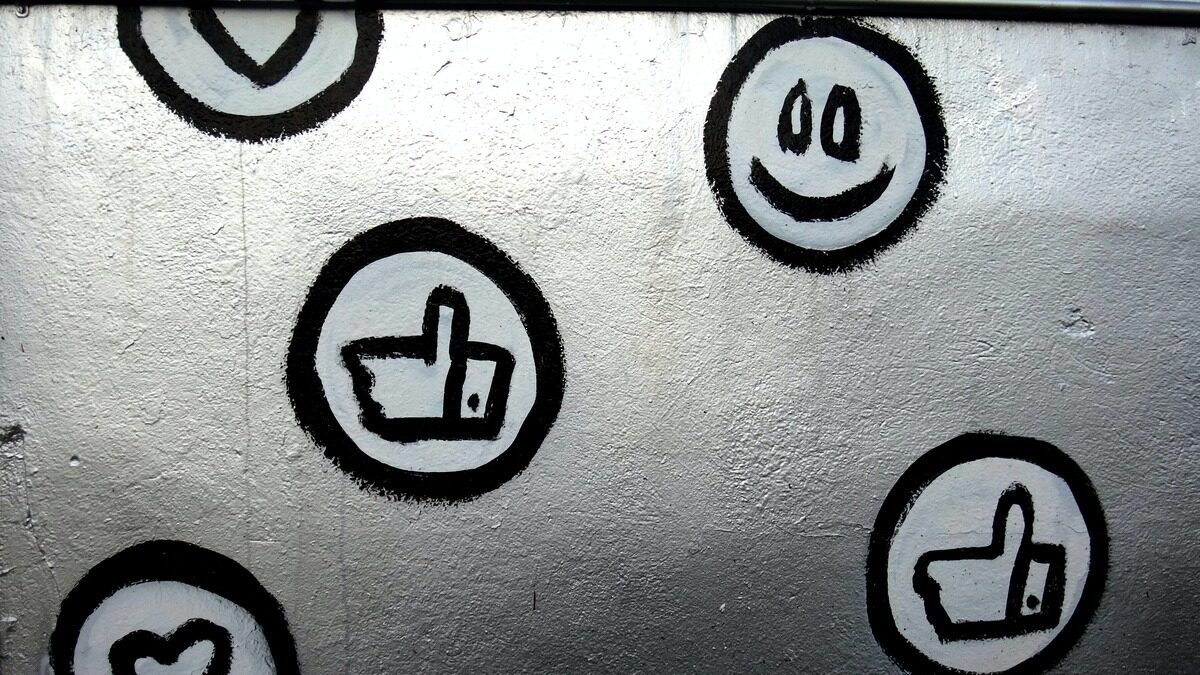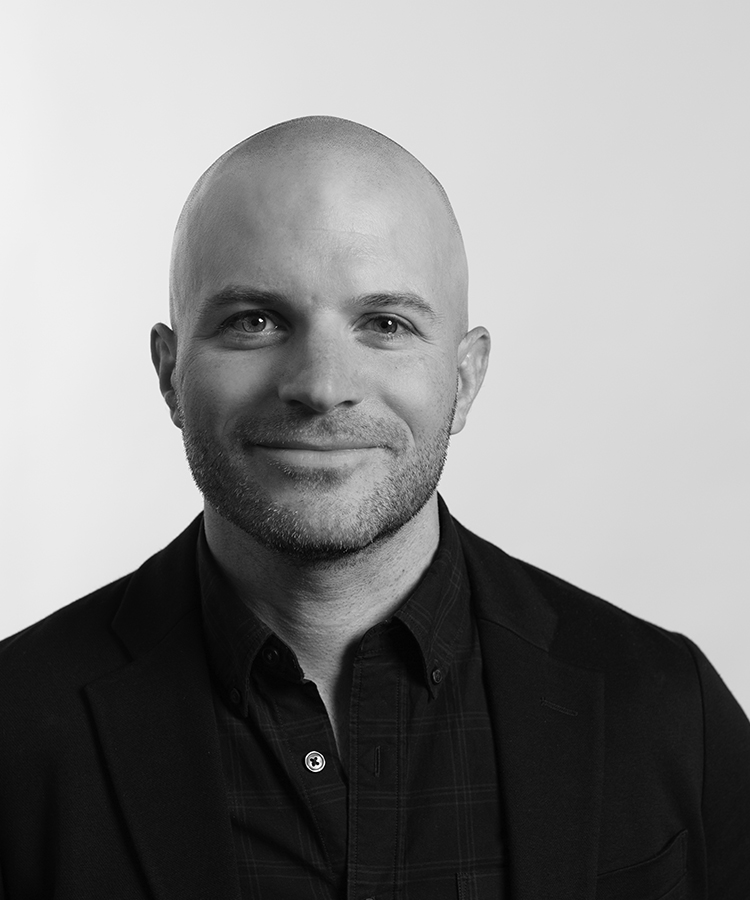Social media is no longer the wild, wild west free-for-all it used to be (for better or worse), but it sure can feel like it at times, especially during periods of change, which have become endless across the most popular channels as they race to grow their global audiences the fastest.
With over 4.2 billion active social media users globally, these platforms have become a powerful tool for sharing health information and engaging with audiences on critical health issues. From raising awareness about new innovations to connecting with patients and stakeholders, social media can play a vital role in healthcare communications. However, navigating this constantly changing landscape can be a challenge, particularly in the fast-paced healthcare industry.
Here are some tips on how to successfully navigate change, reach key audiences and maximize impact:
- Develop a clear social media strategy: To make the most of time and resources, it’s essential to develop a distinct social media strategy. It’s incredible how frequently this core element is skipped, even by some of the largest companies and corporations, so much so that this “tip” needs to be a “tip” every time we do one of these lists. This strategy should include goals, target audiences, messaging, content types, and an editorial schedule.
- Understand your target audience: Different social media platforms have different audiences and demographics, and it’s important to tailor your content and messaging accordingly. They may as well be different sports or different genres of music. Not everyone roots for the same team or goes to the same concerts. In other words, you do not need to be everywhere all at once. Sure, you think TikTok is cool, but if your audience isn’t there, you don’t need to be, at least not right away. Consider who your target audience is and what platforms they are most active on. With a more focused approach, navigating change will be much less burdensome with less channels than needed. Do one channel really well instead of five channels mediocre.
- Use data and analytics to inform decision-making: Social media platforms provide a wealth of data and analytics that can help healthcare marketers and communicators better understand key audiences, measure the impact of content and make data-driven decisions. This information should be looked at on a regular basis (weekly at the very least).
- Monitor and manage health misinformation: Social media can also be a source of health misinformation. Attempts have been made to regulate it, but as long as people exist, so will misinformation, it cannot be eliminated. Stay on top of what people are saying. You don’t need to give them negative attention by engaging and responding (in fact, in most cases you shouldn’t), but you should be aware of what’s being said. The best way to manage health misinformation is through your own strong, consistent (educational) health message.
- Partner with credible, trustworthy voices: Enlisting key partners and organizations to drive further engagement on social media can help amplify your health message and increase its reach. By building relationships with key organizations that are aligned with your mission, sharing content, using hashtags, collaborating on campaigns, and measuring your efforts, you can establish a stronger presence on social media and engage with your audiences more effectively. Through working together, you can create more impactful and engaging content that resonates with your shared audiences.
Last, but not least: download, use and participate. The only thing that research and insights cannot truly duplicate or replace is good, old fashioned user experience. In fact, you don’t even need to participate, but you should at least be a voyeur on the channels featured in your social media plan. This will give you a feel for how they’re performing over time. Then, the next time you read about a channel failing or changing, you’ll know for yourself if that news is real or misinformation in itself, so you can adjust (or not) your plan accordingly.
For our thoughts on communication, brand strategy, industry trends and more, subscribe to Padilla Insights here.

